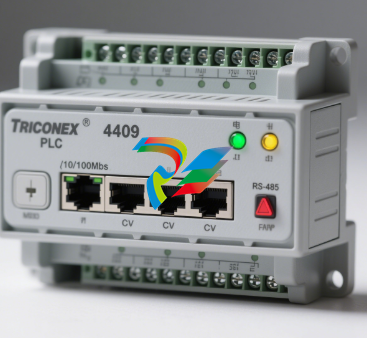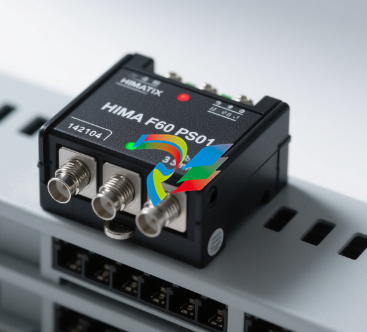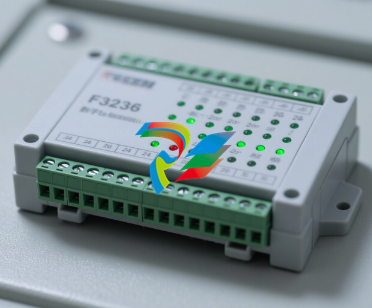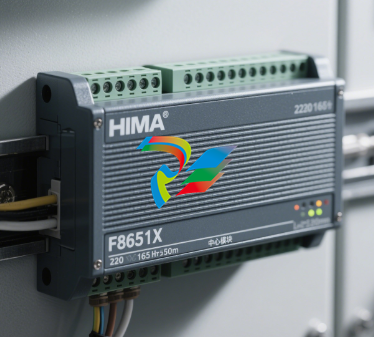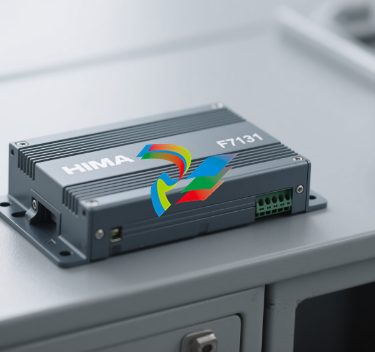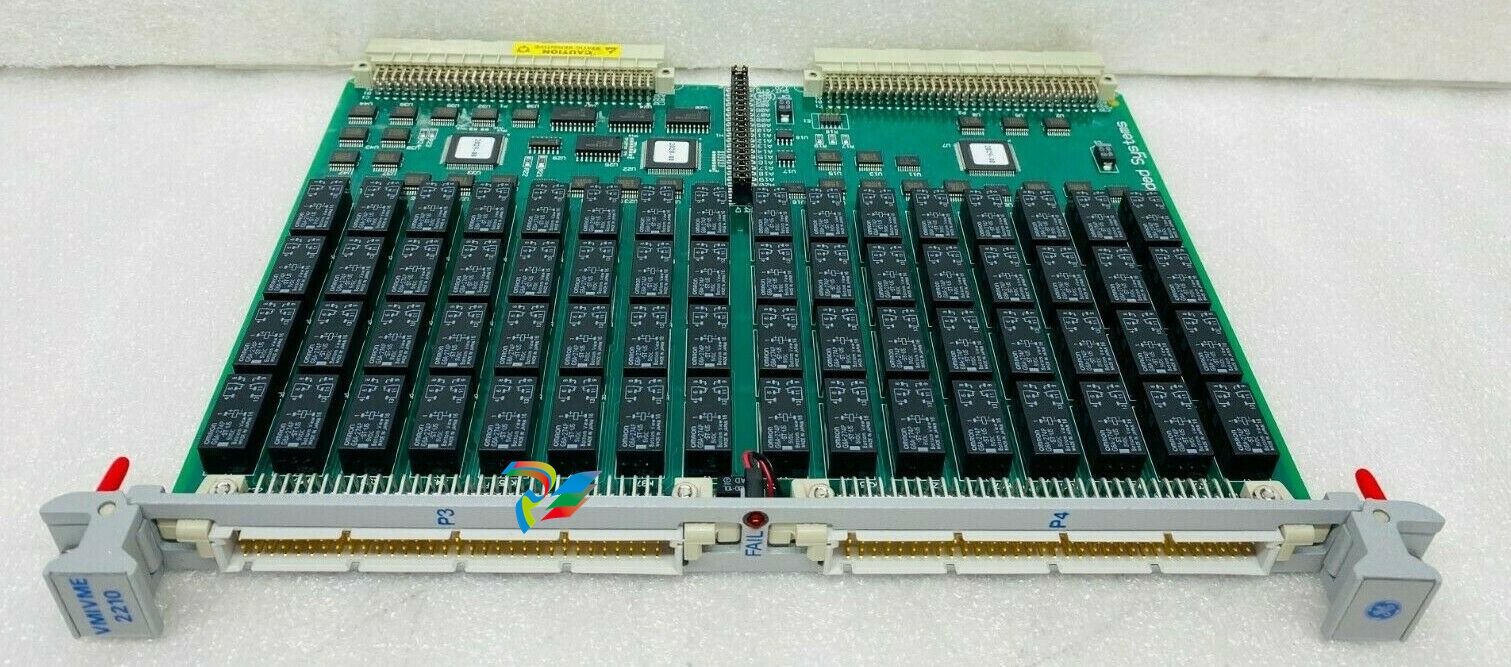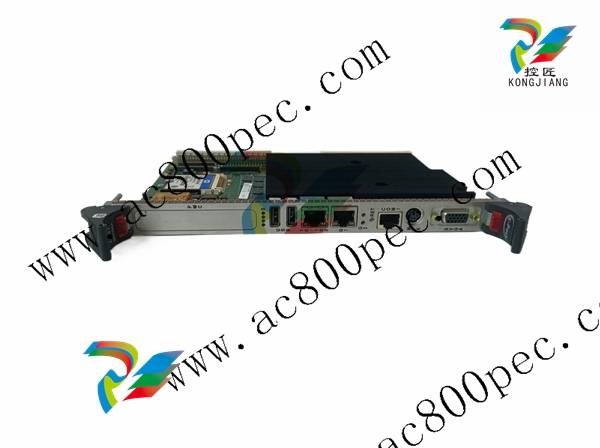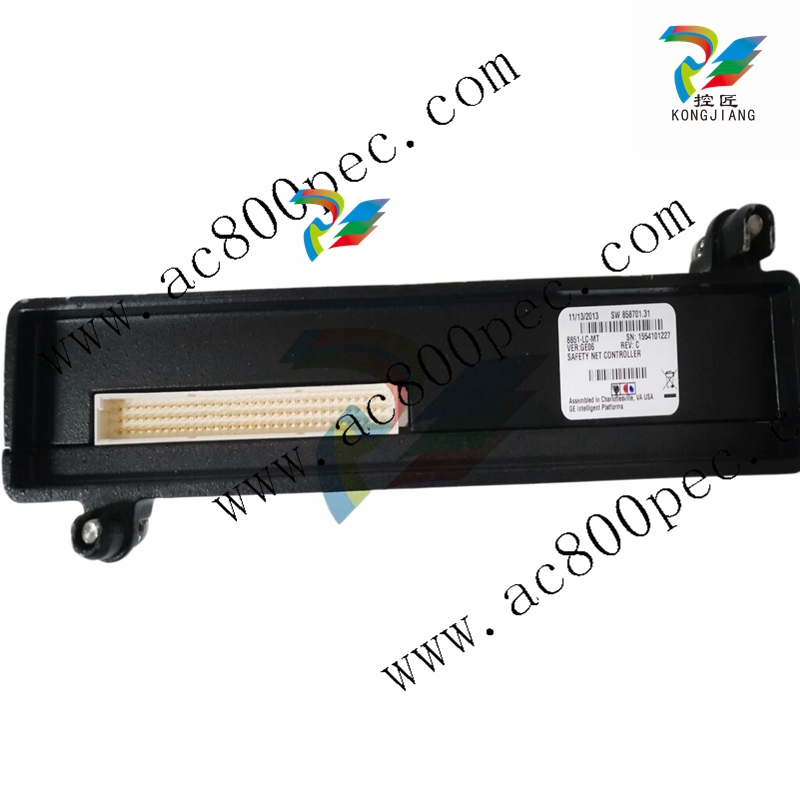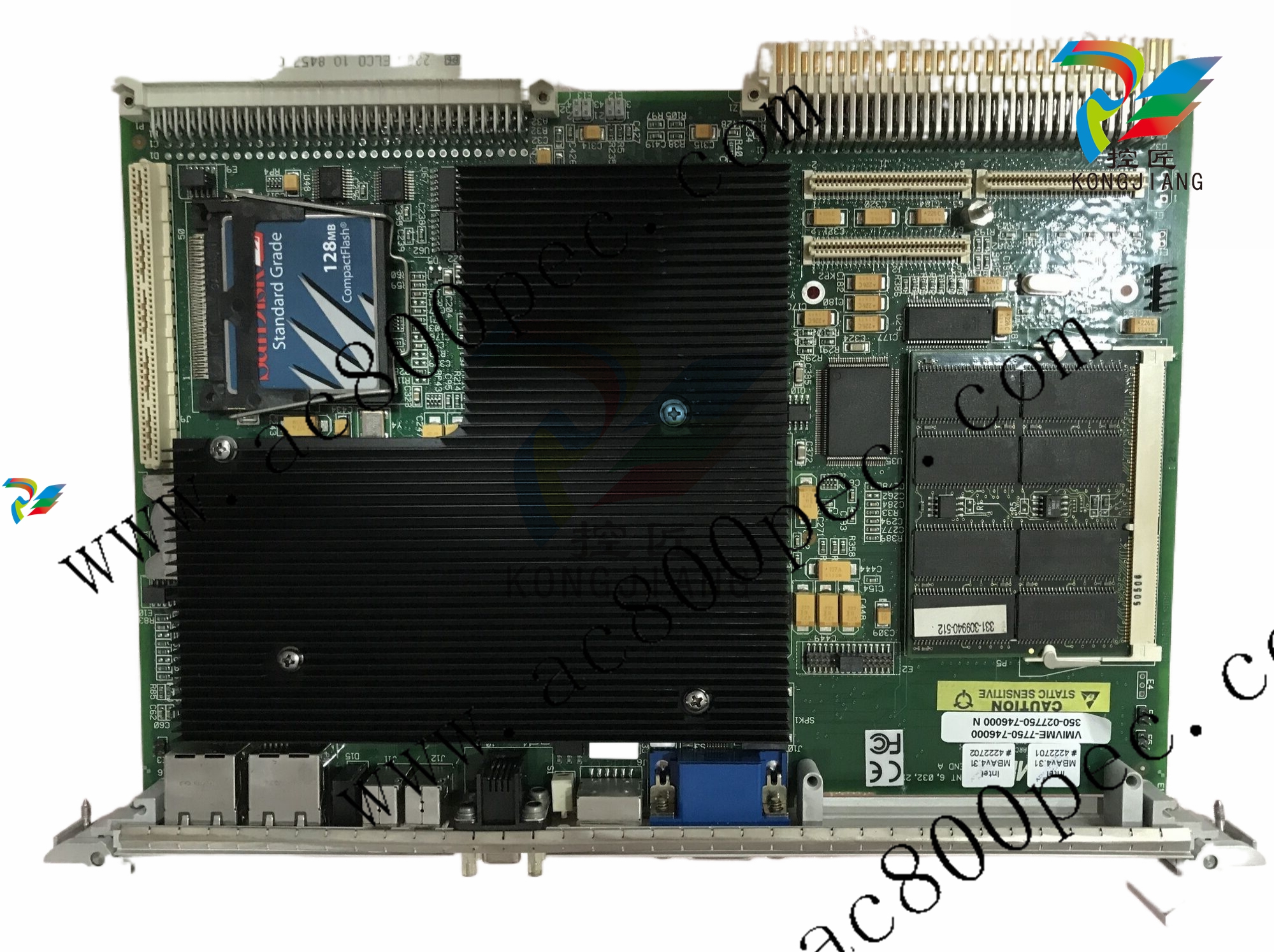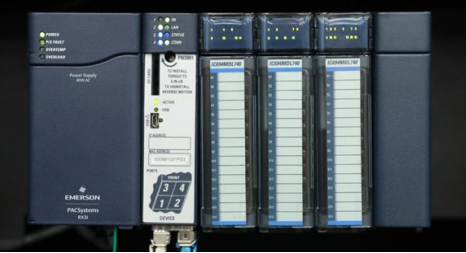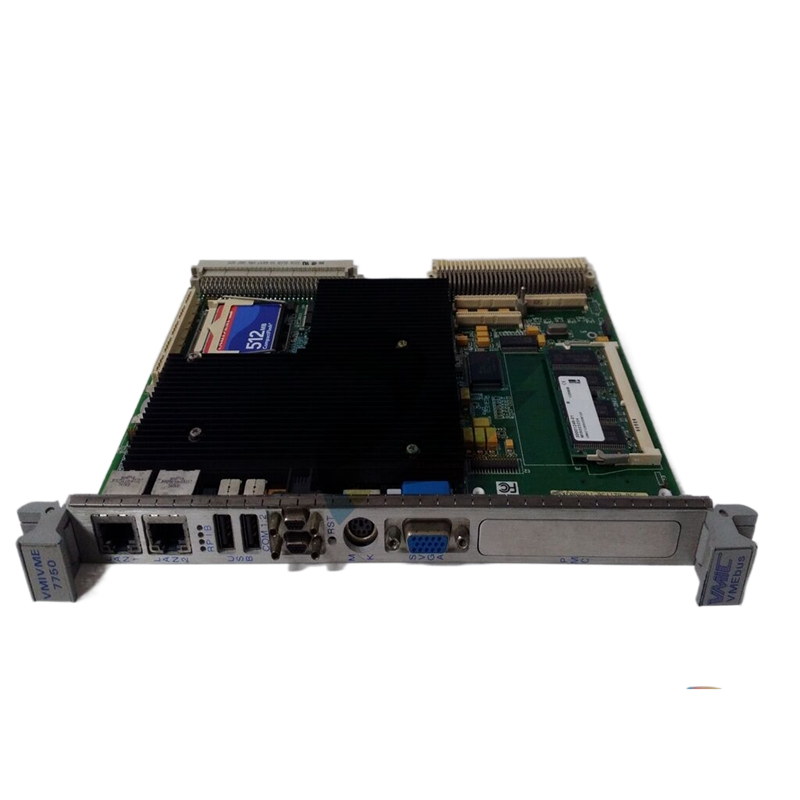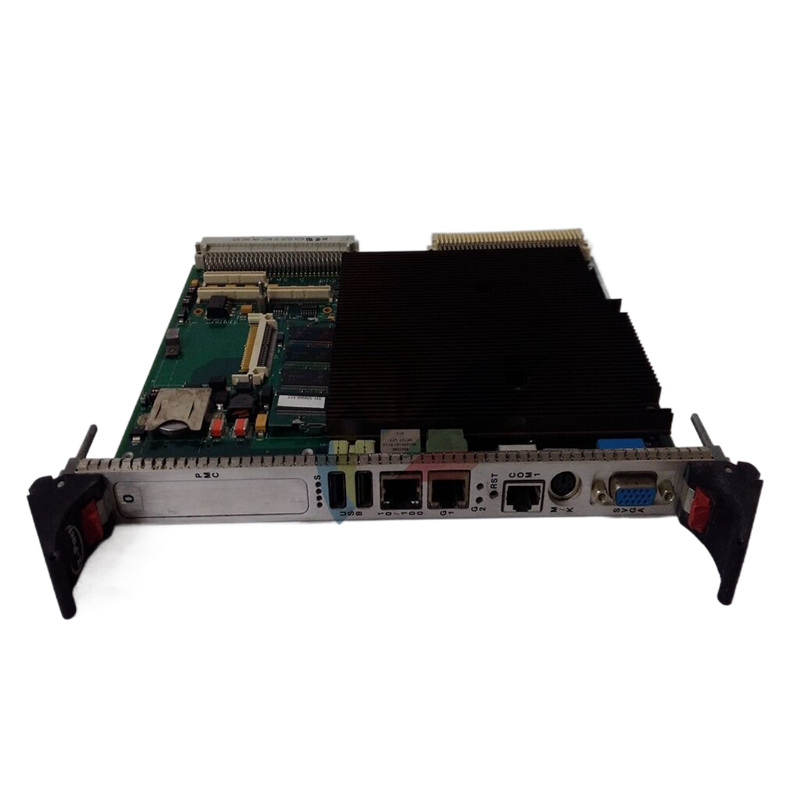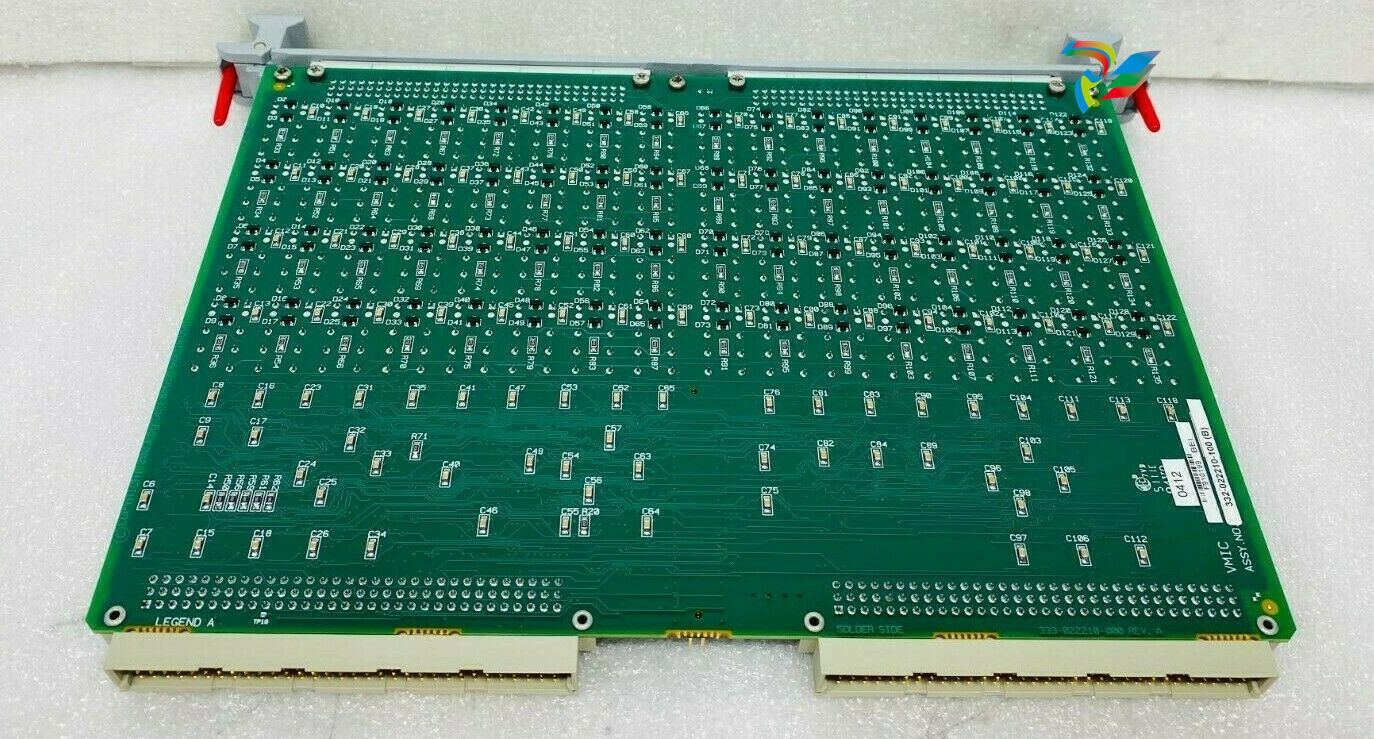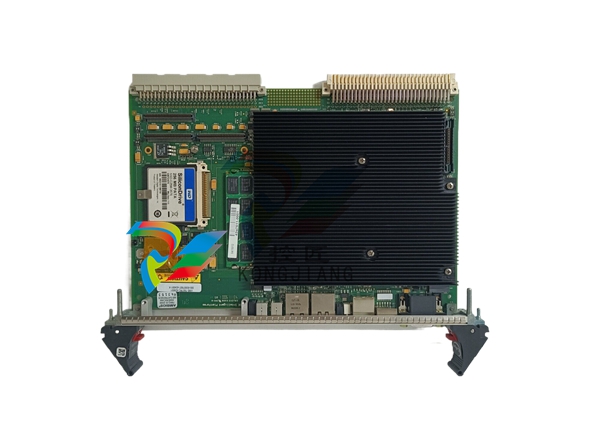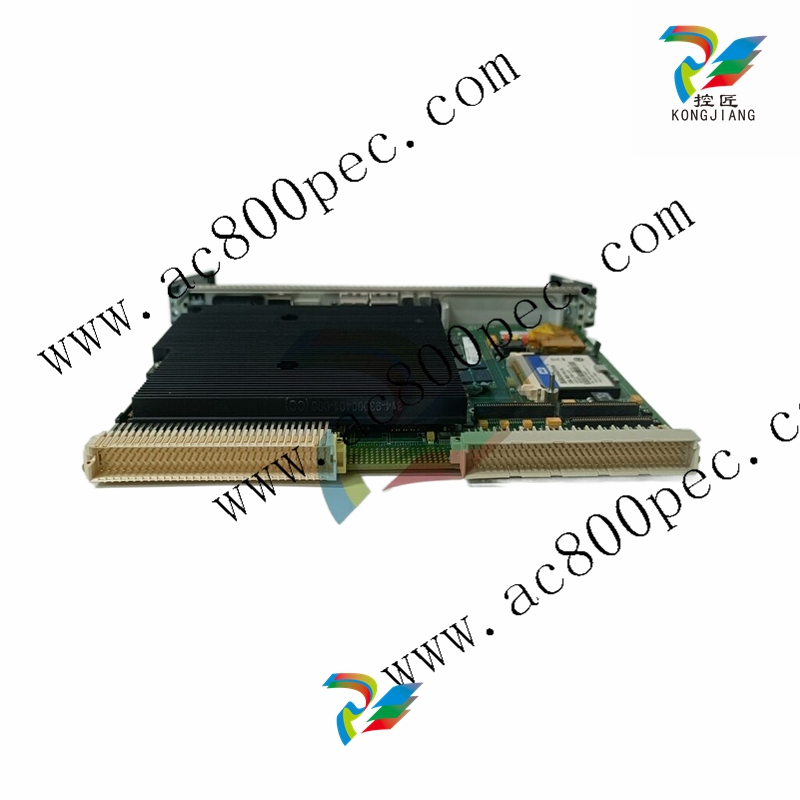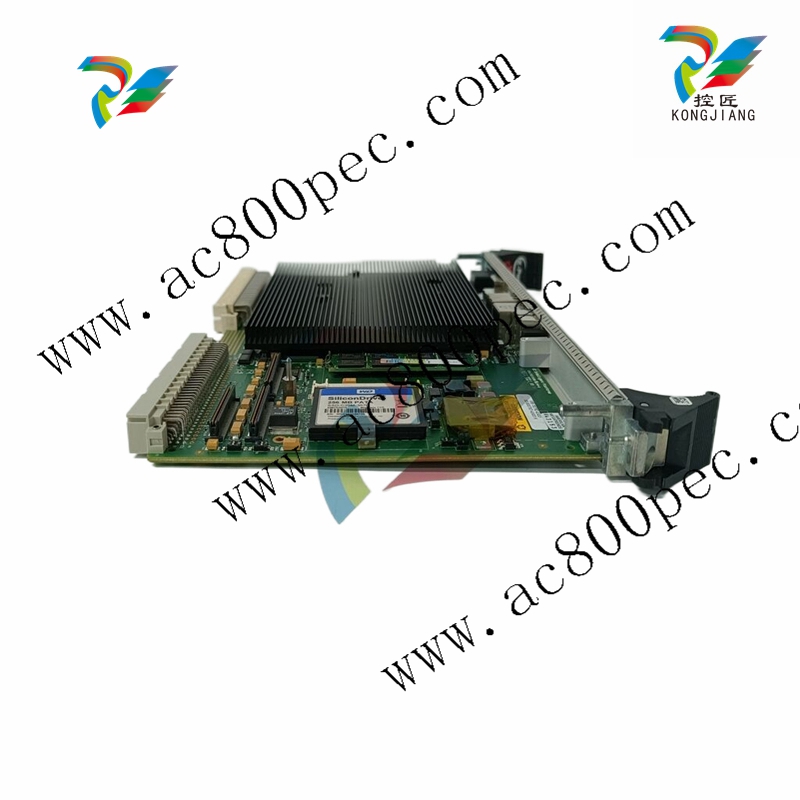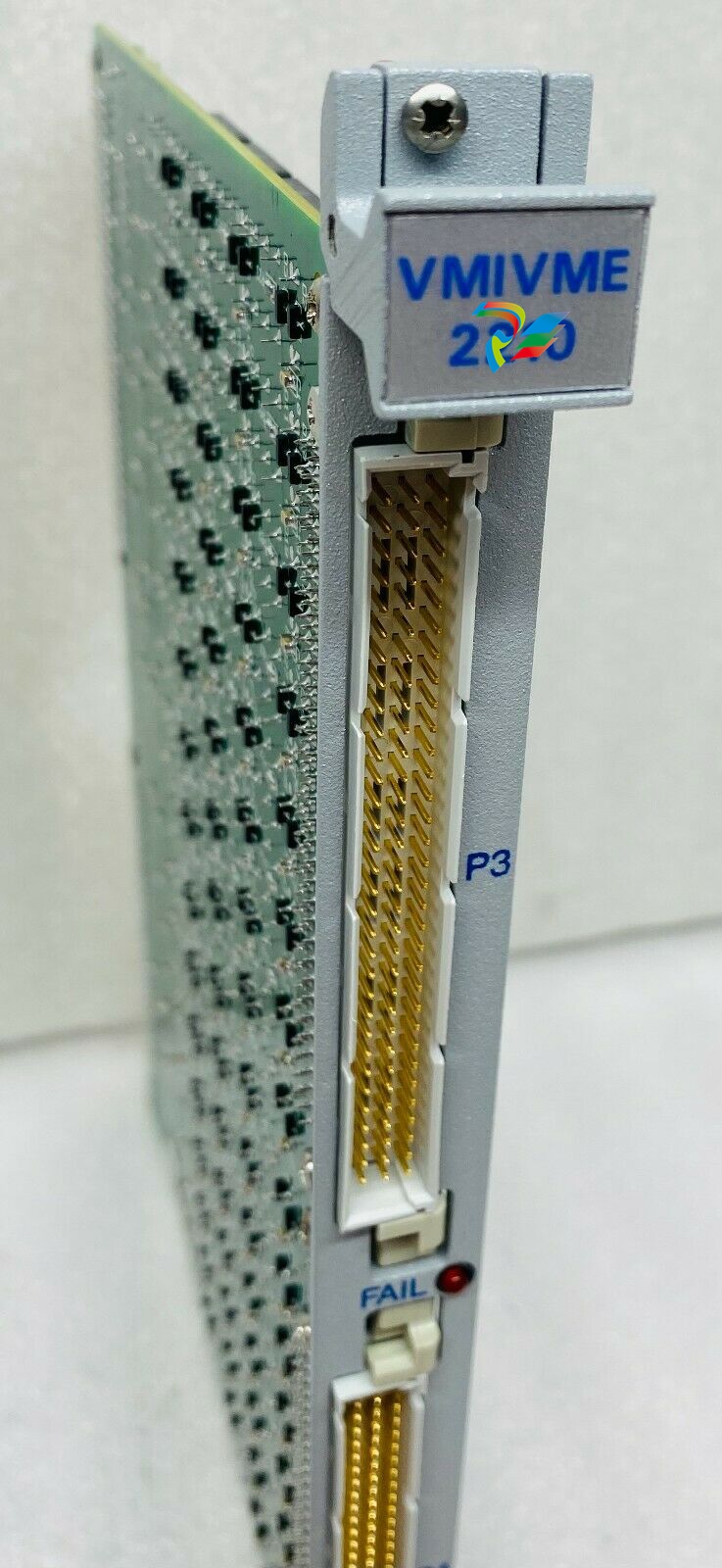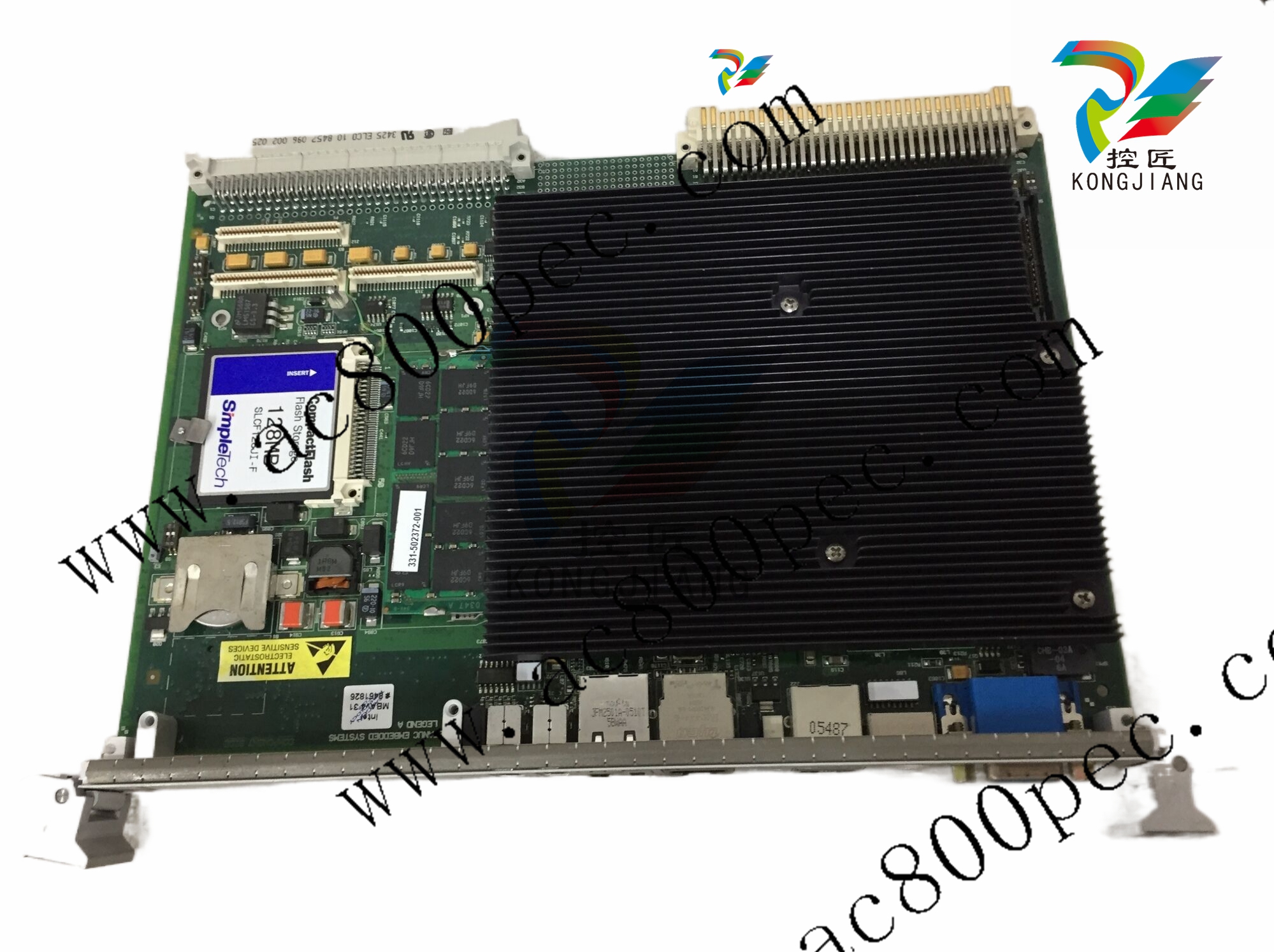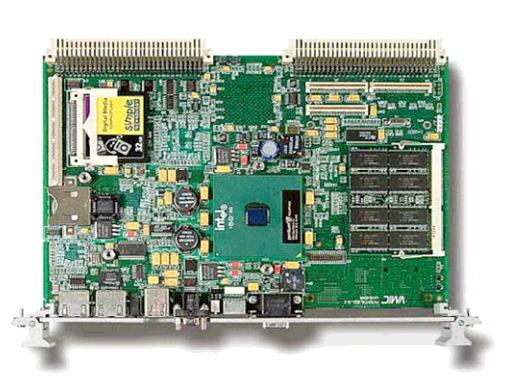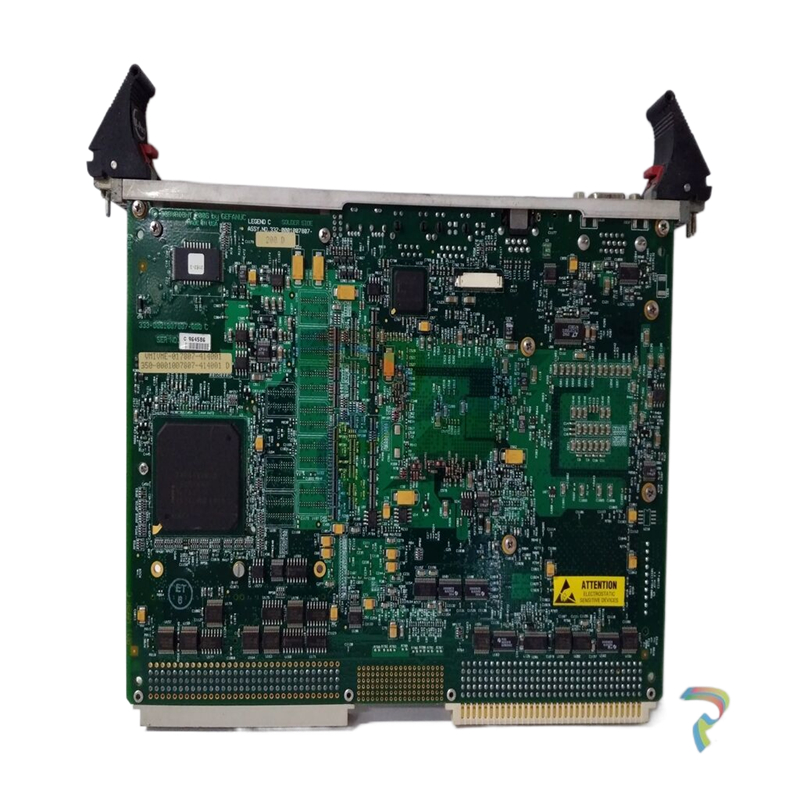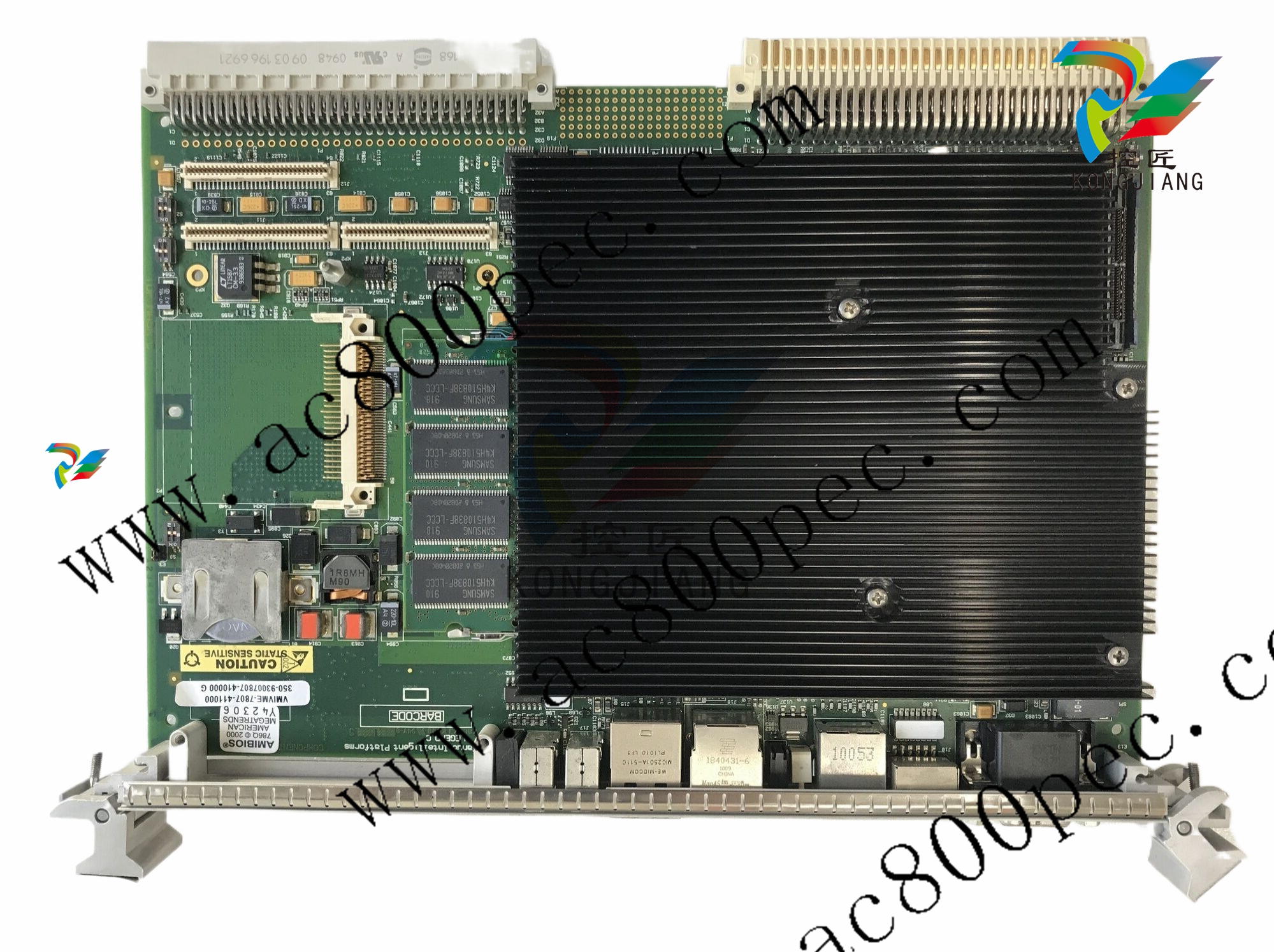
HIMAHIMatrix Safety-Related Controller F31 03 Manual
each; and outputs 4 and 8 can be loaded with 1 A or with 2 A at an ambient temperature of up
to 50 °C.
If an overload occurs, one or all digital outputs are switched off. If the overload is removed, the
outputs are switched on again automatically, see Table 14.
The external wire of an output is not monitored, however, a detected short-circuit is signaled.
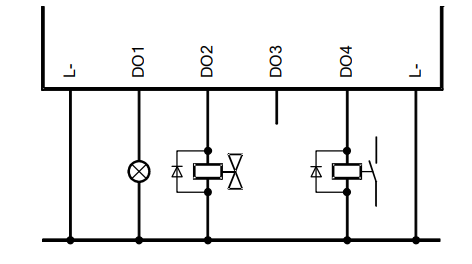
The redundant connection of two outputs must be decoupled with diodes
Equipment, Scope of Delivery
The following table specifies the available controller:
Designation Description
F31 03
SILworX
Controller (enhanced performance, 20 digital inputs, 8 digital outputs),
Operating temperature: 0...+60 °C,
for SILworX programming tool
IP Address and System ID (SRS)
A transparent label is delivered with the device to allow one to note the IP addresses of the CPU
and the COM and the system ID (SRS for system rack slot) after a change.
Default value for IP address of the CPU: 192.168.0.99
Default value for IP address of the COM: 192.168.0.100
Default value for SRS: 60 000.0.0
The label must be affixed such that the ventilation slots in the housing are not obstructed.
Refer to the SILworX First Steps manual for more information on how to modify the IP address
and the system ID.
Type Label
The type plate contains the following details:
Product name
Bar code (1D or 2D code)
Part no.
Production year
Hardware revision index (HW Rev.)
Firmware revision index (FW Rev.)
Operating voltage
Mark of conformity
Structure
This chapter describes the layout and function of the controller, and its connection for
communication
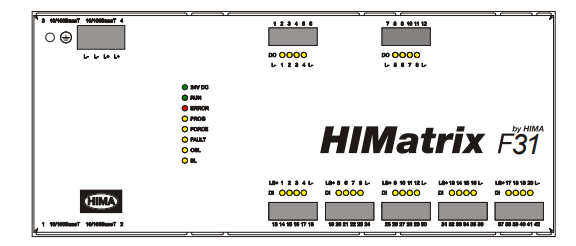
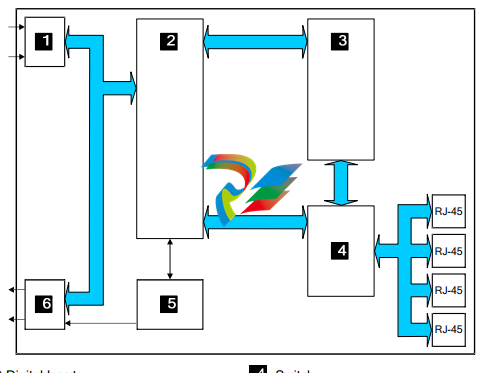
LED Indicators
The light-emitting diodes (LEDs) indicate the operating state of the controller. The LEDs are
classified as follows:
Operating voltage LED
System LEDs
Communication LED
I/O LEDs
When the supply voltage is switched on, a LED test is performed and all LEDs are briefly lit.
Definition of Blinking Frequencies
The following table defines the blinking frequencies of the LEDs:
Name Blinking frequencies
Blinking1 Long (approx. 600 ms) on, long (approx. 600 ms) off
Blinking-x Ethernet communication: Blinking synchronously with data transfer
Communication LEDs
All RJ-45 connectors are provided with a small green and a yellow LEDs. The LEDs signal the
following states:
LED Status Description
On Full duplex operation
Blinking1 IP address conflict, all communication LEDs are blinking
Blinking-x Collision
Green
Off Half duplex operation, no collision
On Connection available
Blinking1 IP address conflict, all communication LEDs are blinking
Blinking-x Interface activity
Yellow
Off No connection available
Communication
The controller communicates with remote I/Os via safeethernet. Characteristics and
configuration of safeethernet are described in the SILworX communication manual
(HI 801 101 E).
3.4.2.1 Connections for Ethernet Communication
Property Description
Port 4 x RJ-45
Transfer standard 10BASE-T/100BASE-Tx, half and full duplex
Auto negotiation Yes
Auto crossover Yes
IP address Freely configurable1)
Subnet mask Freely configurable1)
Supported protocols Safety-related: safeethernet, PROFIsafe
Standard protocols: Programming and debugging tool (PADT),
OPC, Modbus TCP, TCP SR, SNTP, ComUserTask,
PROFINET
1) The general rules for assigning IP address and subnet masks must be adhered to.
Table 9: Ethernet Interfaces Properties
Two RJ-45 connectors with integrated LEDs are located on the top and on the bottom left-hand
side of the housing. Refer to Chapter 3.4.1.3 for a description of the LEDs' function.
The connection parameters are read based on the MAC address (media access control
address) defined during manufacturing.
CPU and COM have their own MAC addresses. The CPU MAC address is specified on a label
located above the two RJ-45 connectors (1 and 2).
Figure 7: Sample MAC Address Label
The COM MAC address corresponds to the CPU MAC address, except for the last byte which is
increased by 1.
Example:
CPU MAC address: 00:E0:A1:00:06:C0
COM MAC address: 00:E0:A1:00:06:C1
The controller is equipped with an integrated switch for Ethernet communication. For further
information on the integrated switch and safeethernet, refer to Chapter Communication of the
system manual for compact systems (HI 800 141 E).
Network Ports Used for Ethernet Communication
UDP ports Use
123 SNTP (time synchronization between PES and remote I/O, PES and
external devices)
502 Modbus salve (can be modified by the user)
6010 safeethernet and OPC
6005 / 6012 If TCS_DIRECT was not selected in the HH network
8000 Programming and operation with SILworX
8004 Configuration of the remote I/O using the PES (SILworX)
